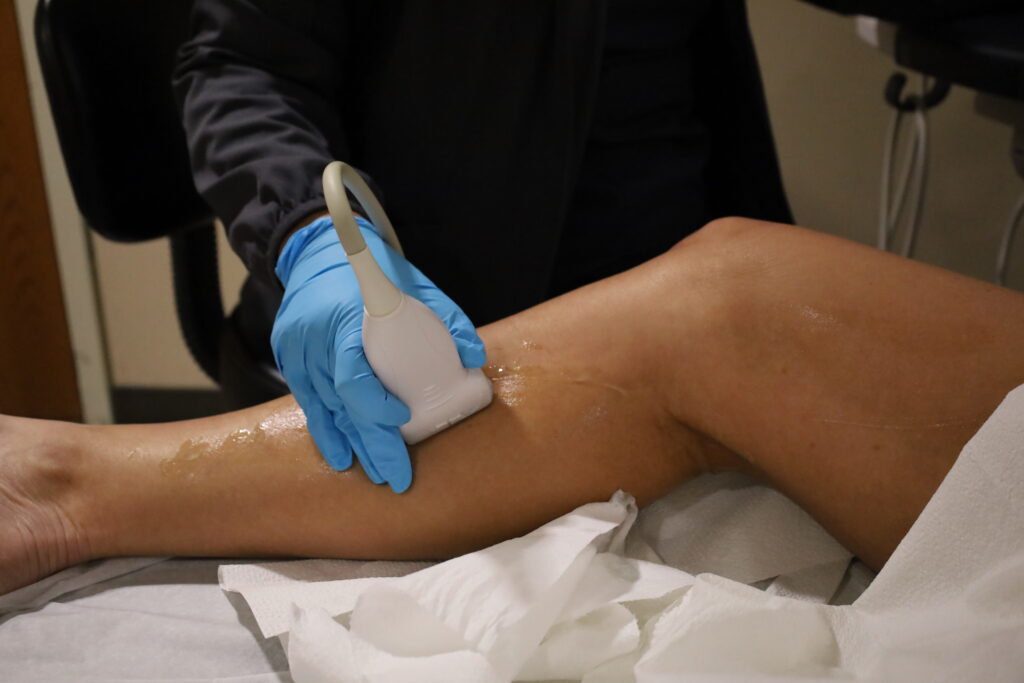Peripheral Artery Disease (PAD) is a common vascular disorder that often goes unnoticed until it progresses to a more advanced stage. The condition narrows arteries and reduces blood flow to the arms or legs, causing pain. It affects millions of people worldwide and can have serious consequences if left untreated.
Understanding PAD
PAD primarily affects the arteries in the legs, although it can occur in other parts of the body as well. The condition develops when fatty deposits, known as plaque, build up within the arteries, narrowing and restricting blood flow. This reduced blood flow can lead to various symptoms, including leg pain, numbness, weakness and, in severe cases, tissue damage or even amputation.
Common Risk Factors for PAD
Several risk factors contribute to the development of PAD, including:
- Smoking – tobacco use is one of the most significant risk factors for PAD. The chemicals in cigarettes can damage blood vessels and promote the accumulation of plaque.
- Diabetes – high blood sugar levels can damage blood vessels, increasing the risk of plaque buildup.
- High blood pressure – hypertension can cause arteries to narrow and harden, making it easier for plaque to form.
- High cholesterol – elevated levels of cholesterol in the bloodstream can lead to the accumulation of fatty deposits in the arteries.
- Age – PAD is more common in individuals over the age of 50, although it can occur at any age.
- Family history – if you have a family history of vascular diseases, you may be at a higher risk for PAD.
Diagnosing PAD
Early diagnosis of PAD is crucial to prevent complications and manage the condition effectively. Here are the primary methods used to diagnose PAD:
- Physical examination – a healthcare provider will begin by conducting a thorough physical examination. They will check for signs such as weak pulses, cool skin and wounds that are slow to heal.
- Ankle-Brachial Index (ABI) – ABI is a simple and non-invasive test that measures blood pressure at the ankles and compares it to blood pressure in the arms. A lower ABI value indicates reduced blood flow to the legs.
- Ultrasound imaging – duplex ultrasound is commonly used to visualize blood flow in the affected arteries. This painless test can identify the location and severity of blockages.
- Angiography – in some cases, a more detailed image of the blood vessels is needed. Angiography involves injecting a contrast dye into the arteries and taking X-rays to identify blockages.
- Blood tests – blood tests may be performed to measure cholesterol levels, blood sugar and other markers that can indicate the presence of underlying risk factors.
- CT or MRI scans – these imaging techniques can provide detailed images of the blood vessels and help identify the extent and location of blockages.
Peripheral Artery Disease (PAD) Treatment at CVT
At CVT Surgical Center, our practice is committed entirely to providing the most advanced treatment of vascular issues, including PAD. CVT Surgical Center has been a leader in the care of vascular disorders since 1957. Drs. Mike Davis, Michael Conners, James McNeil, Gulrez Mahmood and Matthew Abate provide state-of-the-art treatment of PAD – including guiding patients through lifestyle changes, medications and other procedures if needed.

